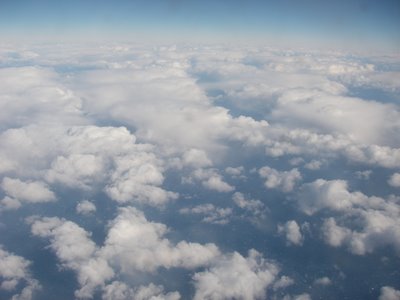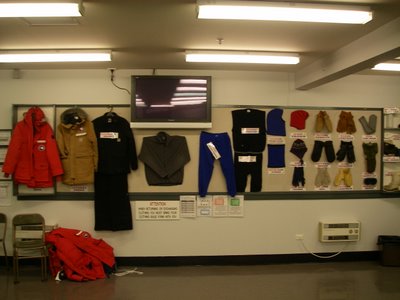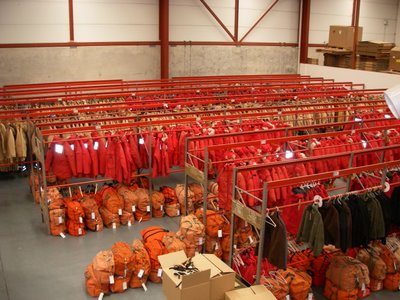
Once again, it was a beautfil day, and we sacrificed all breaks for the fun of driving the tracked Pisten Bulley around while plugging in GPS way points.

Saturday night was the big Halloween celebration, perhaps the biggest celebration and party of the summer and therefore the year. I lived the dream, as they say, as a classic 80's rock star. In the picture, my roomate Greg, is moving so fast as the black ninja, that the camera is barely able to capture his presence. The party was fun, and the dancing went into Sunday. It is still strange to have a noon-like sun out at midnight.

 This morning, I went to Cape Evans to see Capt. Robert Scott's hut from the early 1900's. We rode for an hour and a half across the sea ice in a vehicle known as a Delta.
This morning, I went to Cape Evans to see Capt. Robert Scott's hut from the early 1900's. We rode for an hour and a half across the sea ice in a vehicle known as a Delta.
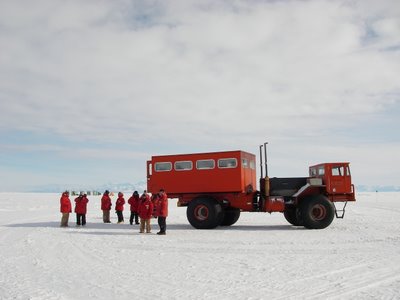
Along the way, we had great views of Mt. Erebus and we were lucky enough to see a seal! Not sure what kind it was, but it seemed very content basking in the sun, hardly acknowledging our presence a short distance away.
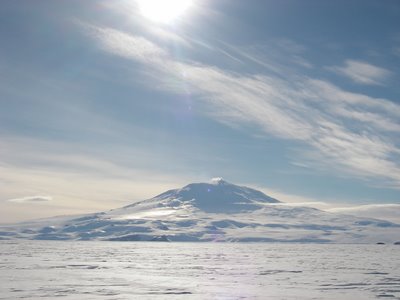

The hut itself was very interesting. It was strange to be walking around the very same hut that all those antarctic explorers did over a 100 years ago. Because of the lack of humidity, the place was very much like it was when they left. For instacne, the science table:
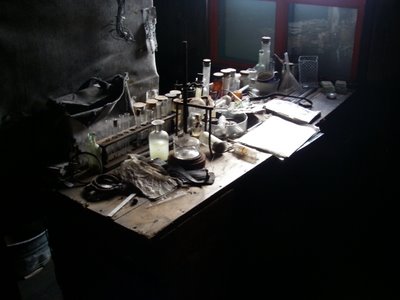
Where a few of the crew slept:

Such a beautful and historic place, I felt lucky I was able to visit the hut and the area before the sea ice melts in december.
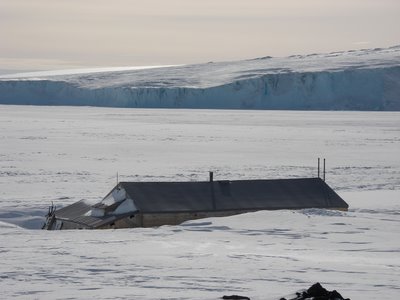
And finally, to top the day off, we saw PENGUINS! Yes, we've all seen them in the movies, but to see them walk and slide on their bellies for real, was extremely entertaining. They are quite interesting characters and I do hope to see more while I'm here.
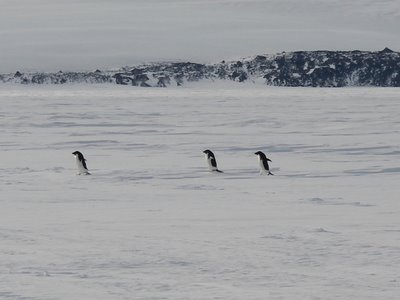
That's all for the weekend. Another busy week starts up tomorrow.



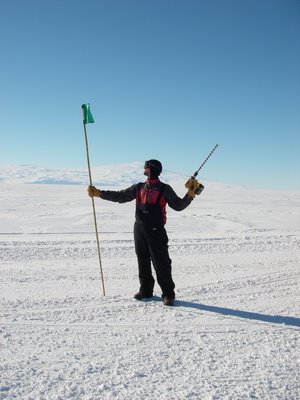


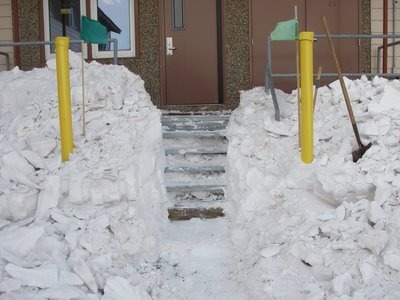
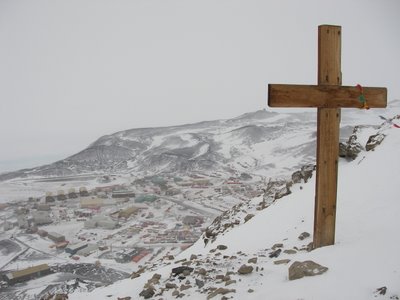



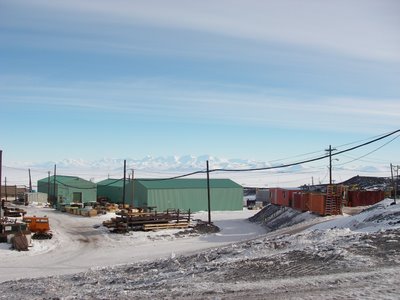
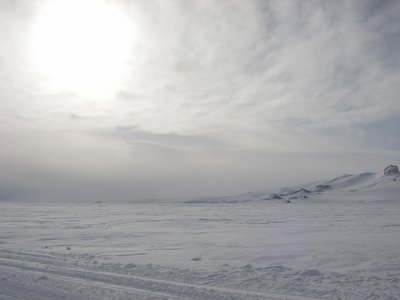
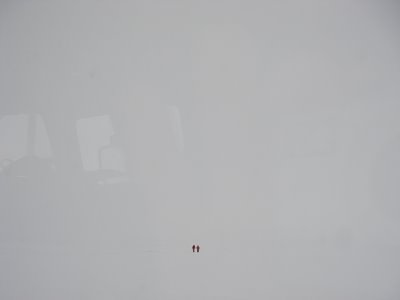
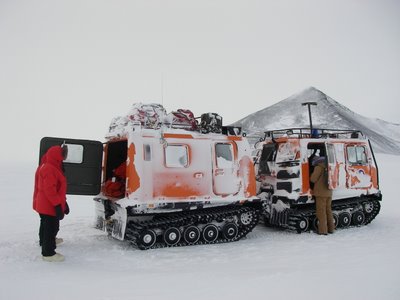
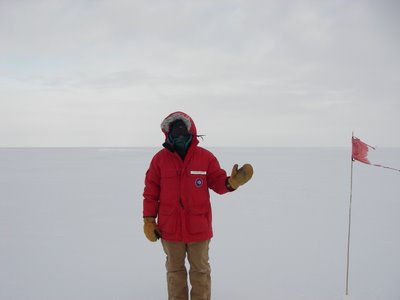


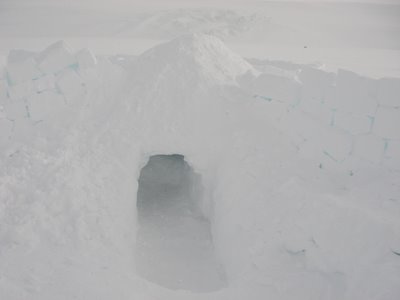

 Then...some more briefings...then...finally...some shoveling. I volunteered to shovel some steps up a slippery slope between buildings and then shovelled out some doorways to the fire building.
Then...some more briefings...then...finally...some shoveling. I volunteered to shovel some steps up a slippery slope between buildings and then shovelled out some doorways to the fire building. Big white mountains poking up through the glaciers of Victoria Land. An endless expanse of pristine white. It was beautiful and my eyes stayed glued out one of three windows in the cargo area of the C-17.
Big white mountains poking up through the glaciers of Victoria Land. An endless expanse of pristine white. It was beautiful and my eyes stayed glued out one of three windows in the cargo area of the C-17. 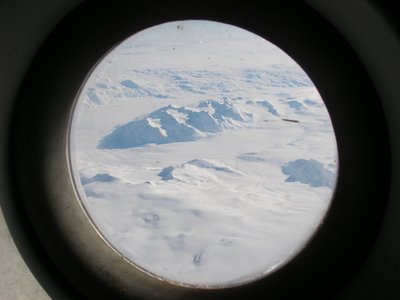
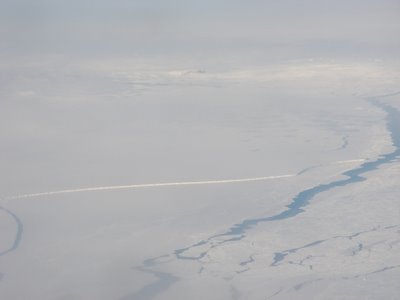

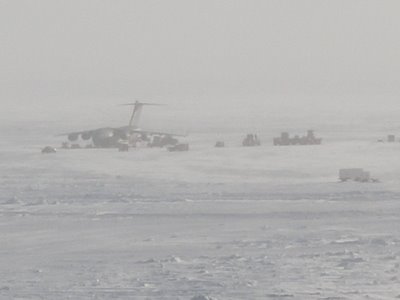

 I could even look up the stairway up into the cockpit on the second level. I later asked if I could go up during the flight and was politely refused on the expectation that if everyone saw me go up, they would all want to go. (On a side note, one guy now knows me as "Cockpit Ben" as he overheard me excitedly talking about my 747-400 post landing cockpit visit.)
I could even look up the stairway up into the cockpit on the second level. I later asked if I could go up during the flight and was politely refused on the expectation that if everyone saw me go up, they would all want to go. (On a side note, one guy now knows me as "Cockpit Ben" as he overheard me excitedly talking about my 747-400 post landing cockpit visit.)
